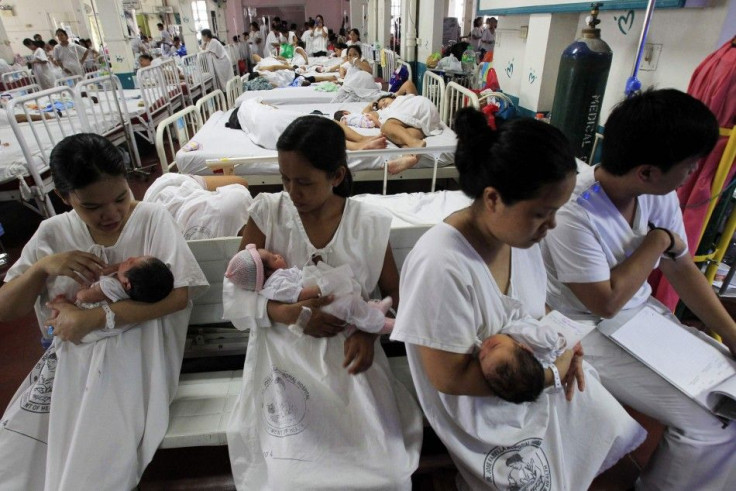Study encourages low power-consuming tech as global warming threatens sex, birth rates

A new working research by the National Bureau of Economic Research, titled “Maybe Next Month? Temperature Shocks, Climate Change, and Dynamic Adjustments in Birth Rates,” shows that global warming has led to diminished “coital frequency.”
Studying 80 years of US fertility and temperature data, three economists found that during hot weather, particularly when it is hotter than 80 degrees Fahrenheit, a large decline in births follows within 10 months. Nine months after a particularly hot day, the birth rate tails off significantly, coming in 0.7 percent lower than it would, following a cooler day.
It also states that there is a 0.4 percent drop in birth rates or 1,165 fewer deliveries across the US nine months after an extra "hot day." A rebound in subsequent months makes up just 32 percent of the gap. The study indicates that rising temperatures either reduce fertility, decrease appetite for intercourse or, quite possibly, both.
“Extreme heat leads to a sizeable fall in births,” the researchers said. “Temperature extremes could affect coital frequency. It could affect hormone levels and sex drives. Alternatively, high temperatures may adversely affect reproductive health or semen quality on the male side, or ovulation on the female side.”
Implications of decline
The study also shows that birth rates do not bounce back completely after heat waves. With the summers rising in temperature levels, developed countries may witness already low birth rates fall even lower. An economy can be severely affected by sinking birth rates, as China recently acknowledged by scrapping its long-time one-child policy. The nation’s leaders doubled the number of children couples are allowed to have. A sub-replacement US birth rate means fewer workers to pay Social Security benefits for retirees, among other consequences.
“The decline in birth rates is a very serious issue for countries, like the United States and the UK, which have below-replacement birth rates,” said co-researcher Alan Barreca from Tulane University. “This will put a lot of strain on social insurance programmes, like social security, because it will create large imbalances in the makeup of the population.”
As autumn conceptions may rise, it will also mean more deliveries in summer, when there is a higher rate of poor health with births. "However, the reasons for worse health in the summer are not well-established," the authors write. One possibility may be "third-trimester exposure to high temperatures."
Measures people can take
The researchers assume that climate change will proceed according to the most severe scenarios, if no substantial efforts are undertaken to reduce emissions. The scenario they use projects that from 2070 to 2099, the U.S. may have 64 more days above 80F than in the baseline period from 1990 to 2002, which had 31. Consequently, the US may see a 2.6 percent decline in its birth rate, or 107,000 fewer deliveries a year.
To fully address the threat of global warming, action is required from our world leaders to support and implement a comprehensive set of climate solutions. However, each individual can help by taking action to reduce personal carbon emissions .
For example, the American firm 5BARz International ( OTCQB: BARZ ) provides lifestyle products that are efficient energy technologies. Its revolutionary cellular network extender efficiently provides five bars of signals when plugged. It has self-regulating, automatic features which ensure high quality output with low energy consumption, with power consumption of just 5W.
The device’s operating temperature ranges from 0 degrees Celsius to 50 degrees Celsius, and it can be stored from -40 degrees Celsius to +85 degrees Celsius. Supporting all frequencies and spectrums—2G, 3G, 4G and LTE, the device can also easily manage up to 10 users, all using any of their mobile devices at the same time, within 4,000 sq. ft. of the device.
Barreca says that even if the study has referred to the US, indicated consequences are likely to be even more pronounced in the developing world. He added that the effect in the UK is likely to be similar to North America.
Contact the writer at feedback@ibtimes.com.au or tell us what you think below




















